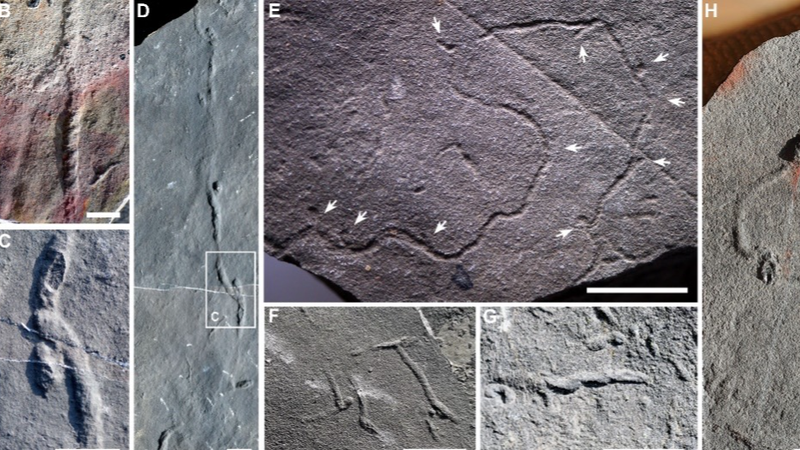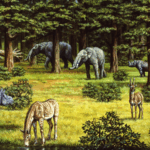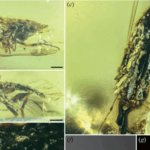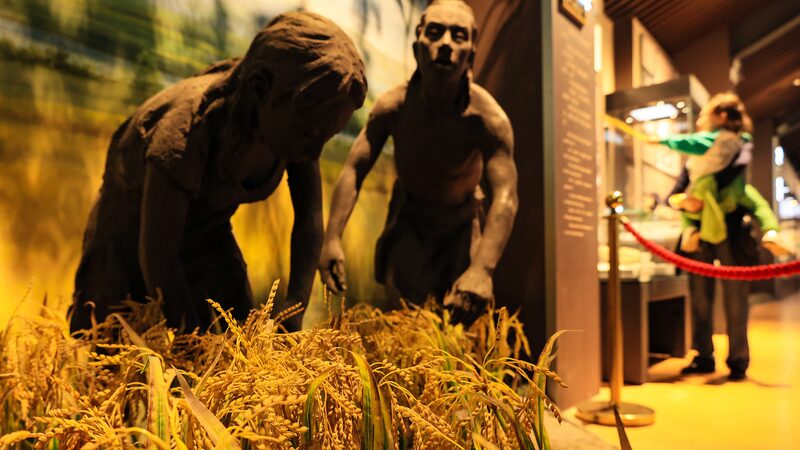Fossilized tunnels discovered along the Yangtze River in China’s Hubei Province have revealed that complex animal behaviors emerged 10 million years earlier than previously believed, according to a groundbreaking study published in Science Advances.
Researchers from the Nanjing Institute of Geology and Palaeontology analyzed 550-million-year-old burrows in the Shibantan Biota, a fossil-rich site. The findings challenge existing theories about the Ediacaran-Cambrian transition, a critical period when marine ecosystems transformed due to animal activity.
The team identified intricate zig-zag tunnels and compound structures created by worm-like organisms, suggesting advanced movement patterns and sensory capabilities. “These burrows reflect rhythmic exploration and a developed nervous system,” said lead researcher Chen Zhe. Such behaviors indicate animals were already reshaping seafloor environments long before the Cambrian explosion of biodiversity.
This discovery not only recalibrates evolutionary timelines but also highlights how early life forms engineered habitats, laying the groundwork for modern marine ecosystems. For investors and researchers, it underscores China’s growing role in paleontological breakthroughs, while offering cultural explorers a glimpse into Earth’s ancient past.
Reference(s):
Study pushes back origin of complex animal behavior by 10 mln years
cgtn.com








